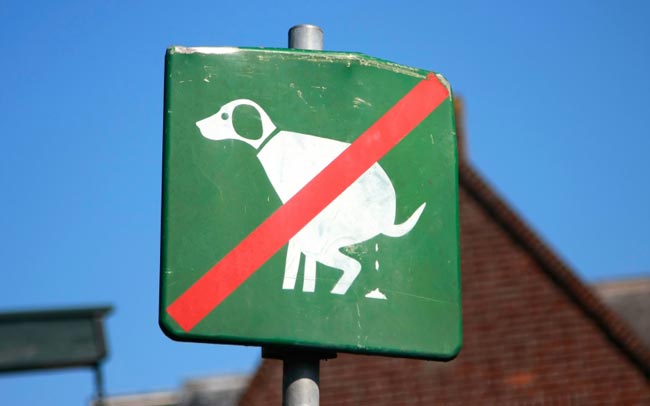Tag: anaesthesia
-

Reduced defecation in dogs post-surgery
—
by
Many dogs will not pass faeces for the first four to five days after surgery. Reasons include, but are not limited to: The dog has been fasted prior to surgery. Dogs do not eat well during the hospital stay. They frequently do not eat well when they go home, as they are still recovering fully from anaesthesia.…
-
Flank approach to the bitch spay
—
by
Having finally settled in one place in Jaipur, India, my friend and I were able to relax a little, safe in the knowledge we had two weeks of neutering for population control ahead of us. Being in an unfamiliar environment, and with our patients mainly being strays, we were prepared for very different methods of…
-
Out of Africa: two weeks in the wild
—
by
Wildlife veterinary medicine is more than being a good shot with a dart gun and knowing what anaesthetics to fill the darts with. I know this because I was part of a group from Glasgow vet school that visited the Shamwari Game Reserve in South Africa to find out exactly what wildlife medicine entails. Minimal intervention…
-
Informed consent: so much more than ‘sign there’
—
by
All too often, I hear colleagues (vets and nurses) asking a client to sign a consent form by saying “sign there”, without further discussion. A variant of this is the admitting nurse assuming the vet who advised the procedure has discussed consent with the owner. For consent to be valid it must be “informed” consent. Informed means if…
-
Anaesthesia: safety first!
—
by
I attended some great anaesthesia lectures at London Vet Show. The Association of Veterinary Anaesthetists (AVA) ran an afternoon of lectures, and all were really good. The use of safety checklists prior to anaesthesia was discussed in one session. These are available free of charge from the AVA’s website. The lists work well in human medicine…
-
Using PDS to “wire” mandibular symphyseal fractures in cats
—
by
We have now started to use Polydioxanone (PDS) to stabilise symphyseal fractures in cats. We use 4 metric PDS passed under the mandible and around the canines in a figure of 8. In uncomplicated fractures, we have found this to be really effective and the fracture will heal within four to six weeks. If, like…
-
Anaesthetising rabbits
—
by
It is generally accepted rabbit anaesthesia can be challenging, but we do a lot of rabbit neutering as part of our work for an animal charity and use a protocol that has proved very safe and effective. We also use yellow gauge catheters placed into an ear vein for IV administration. Vetergesic (buprenorphine) 0.07ml/kg Hypnovel (midazolam) 0.2ml/kg Combine…
-
The cases that stay with you
—
by
We are deep into a busy term of teaching and have veterinary care assistant students in centre, as well as nursing diploma and nursing degree groups. We are also supporting students in practice and ensuring nursing progress log (NPL) completion. It’s so important in teaching to relate theoretical and practical elements to cases. We can use standard cases…
-
Twenty years too late?
—
by
I recently paused to think about what I was doing (which is always fatal) and realised I was drowning in paper. I was looking after seven in-patients, all in various stages of recovery. Each patient had a set of computer records where the narrative of their stay and invoicing were kept, while the hour-by-hour notes…
-
I blame the NHS
—
by
A couple of articles have been brought to my attention this week regarding the public perception of vets versus the reality. When somebody finds out that you want to be a vet or are studying veterinary medicine, there are a few arduous questions that usually follow: “Is it seven years at university for that?” “It’s…